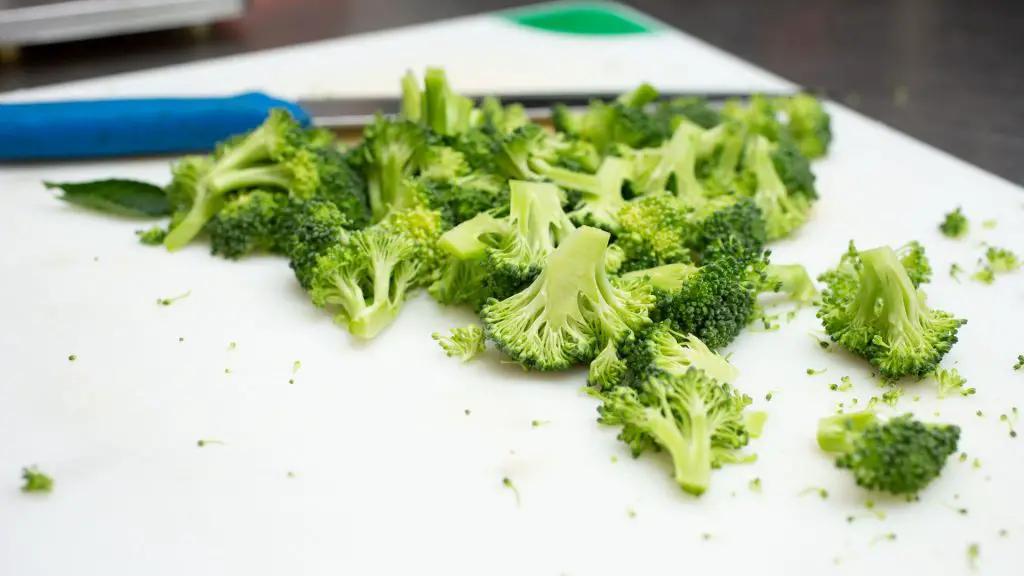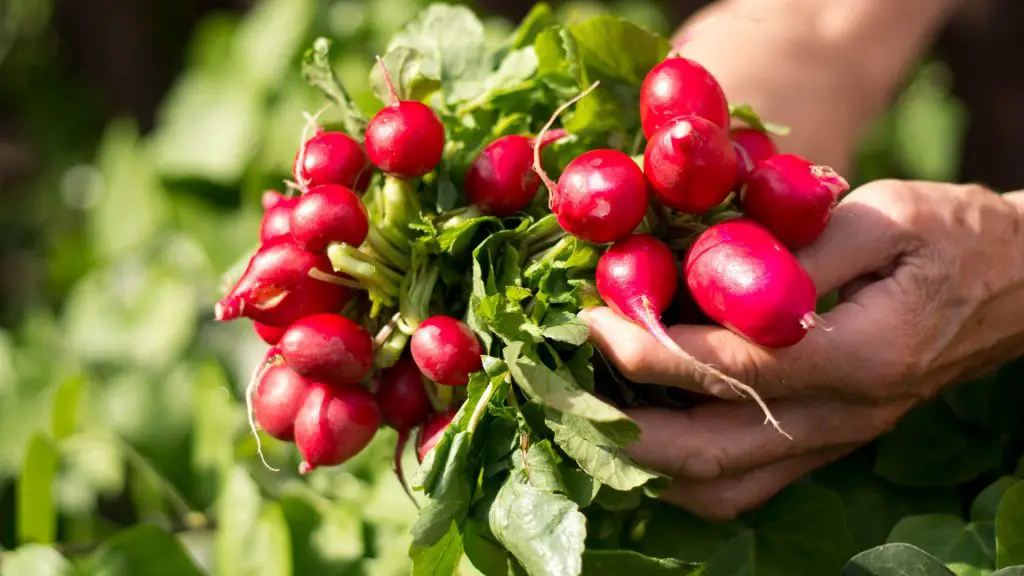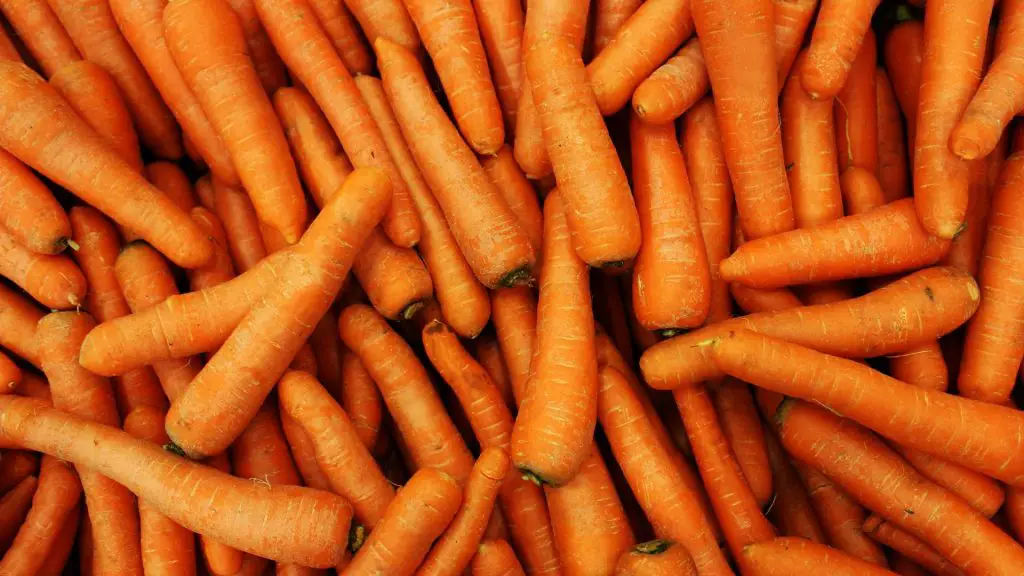Say goodbye to boring, bland veggies and hello to a world of taste! But before you reach for that trusty microwave to cook up a storm, hold on to your carrots because there’s a list of 9 vegetables that are just too good (or too dangerous) for the microwave. Read on for a veggie adventure that will tickle your taste buds and maybe even your funny bone!
So what are some vegetables that can’t be microwaved?
Leafy greens
Leafy greens, such as spinach, lettuce, and kale, are like the supermodels of the vegetable world – packed with nutrients and looking oh-so-delicious but oh-so-delicate. And just like supermodels, they don’t do well in the microwave! When microwaved, these greens tend to wilt and become soggy, losing their runway-ready texture and flavor.
Also, their high water content can cause them to steam, making it nearly impossible to cook them evenly and preserve their nutritional value. But why can’t I microwave leafy greens?
Two types of heat transfer occur when cooking – conduction, which is the direct transfer of energy from one molecule to another, and convection, which is the movement of heated material from a hot area to a cold area. Both are important to cooking evenly, but microwaves heat through conduction only.
Without convection currents, the middle of the food can cook much faster than its edges. This causes the food to cook unevenly and lose its nutritional content. The bottom line is that microwaving can damage or destroy food’s nutrients and enzymes, leaving you with mush and only a fraction of the original nutritional value.
To explain it more simply:
When we cook our food, there are two ways that heat moves around - conduction and convection. Conduction is like giving a high-five to your food, passing heat from one molecule to another. Convection is like a hot air balloon; hot air moves around and cooks all parts of your food evenly. But when we use a microwave, it only cooks with conduction, which means that the middle of the food can cook faster than the edges. This makes the food taste different and can also take away some of the healthy parts of the food.
Broccoli florets

Broccoli florets, the little green trees of the vegetable world, are a nutritional powerhouse. But beware! These little guys do NOT do well in the microwave. When microwaved, broccoli florets tend to turn into a sad, wilted mess, losing both their crisp texture and their robust flavor. It’s like taking your favorite superhero and turning them into a sidekick! And that’s not all – the high water content of broccoli florets can also cause them to steam, making it nearly impossible to cook them evenly and preserve their nutrients.
Cauliflower florets

Cooking cauliflower in the microwave is not recommended as it can become soft and mushy, losing its texture and flavor. Microwaving also reduces its nutritional value. To enjoy the best taste and health benefits, use alternative cooking methods such as roasting, stir-frying, or boiling.
Artichoke hearts

Microwaving artichoke hearts is not recommended as it can cause the vegetable to become soft and mushy, losing its texture and flavor. The high water content of artichokes can also cause them to steam, making it difficult to cook them evenly and preserve their nutritional value. To enjoy the best taste and health benefits, it is recommended to cook artichokes using alternative methods, such as roasting, boiling, or grilling.
Asparagus stalks

Microwaving asparagus stalks is not recommended as it can cause the vegetable to become limp and lose its crisp texture. The high water content of asparagus can also cause it to steam, making it difficult to cook it evenly and preserve its flavor and nutritional value. To enjoy the best taste and health benefits, it is recommended to cook asparagus using alternative methods, such as roasting, grilling, or stir-frying.
Radishes

Microwaving radishes is not recommended as they can cause the vegetable to become soft and lose its crisp texture. The high water content of radishes can also cause them to steam, making it difficult to cook them evenly and preserve their flavor and nutritional value. To enjoy the best taste and health benefits, it is recommended to cook radishes using alternative methods, such as roasting, grilling, or sautéing.
Celery stalks

Microwaving celery stalks is not recommended as it can cause the vegetable to become soft and lose its crisp texture. The high water content of celery can also cause it to steam, making it difficult to cook it evenly and preserve its flavor and nutritional value. To enjoy the best taste and health benefits, cooking celery using alternative methods, such as roasting, grilling, or stir-frying, is recommended.
Peppers

Microwaving peppers is not recommended as it can cause the vegetable to become soft and lose its crisp texture. The high water content of peppers can also cause them to steam, making it difficult to cook them evenly and preserve their flavor and nutritional value. To enjoy the best taste and health benefits, it is recommended to cook peppers using alternative methods, such as roasting, grilling, or sautéing.
Carrots

Microwaving carrots is not recommended as they can cause the vegetable to become soft and lose its crunchy texture. The high water content of carrots can also cause them to steam, making it difficult to cook them evenly and preserve their flavor and nutritional value. To enjoy the best taste and health benefits, it is recommended to cook carrots using alternative methods, such as roasting, boiling, or grilling.
Final Thoughts:
In conclusion, microwaving is not the ideal method for cooking leafy greens, broccoli florets, cauliflower florets, artichoke hearts, asparagus stalks, radishes, celery stalks, peppers, or carrots. Microwaving can cause these vegetables to become soft and lose their texture, flavor, and nutritional value.
If you want to enjoy these vegetables at their best, it is recommended to use alternative cooking methods, such as roasting, grilling, boiling, stir-frying, sautéing or boiling. The key to unlocking the full potential of these vegetables is to use a cooking method that allows heat to transfer evenly and preserve their nutritional value and flavor.
